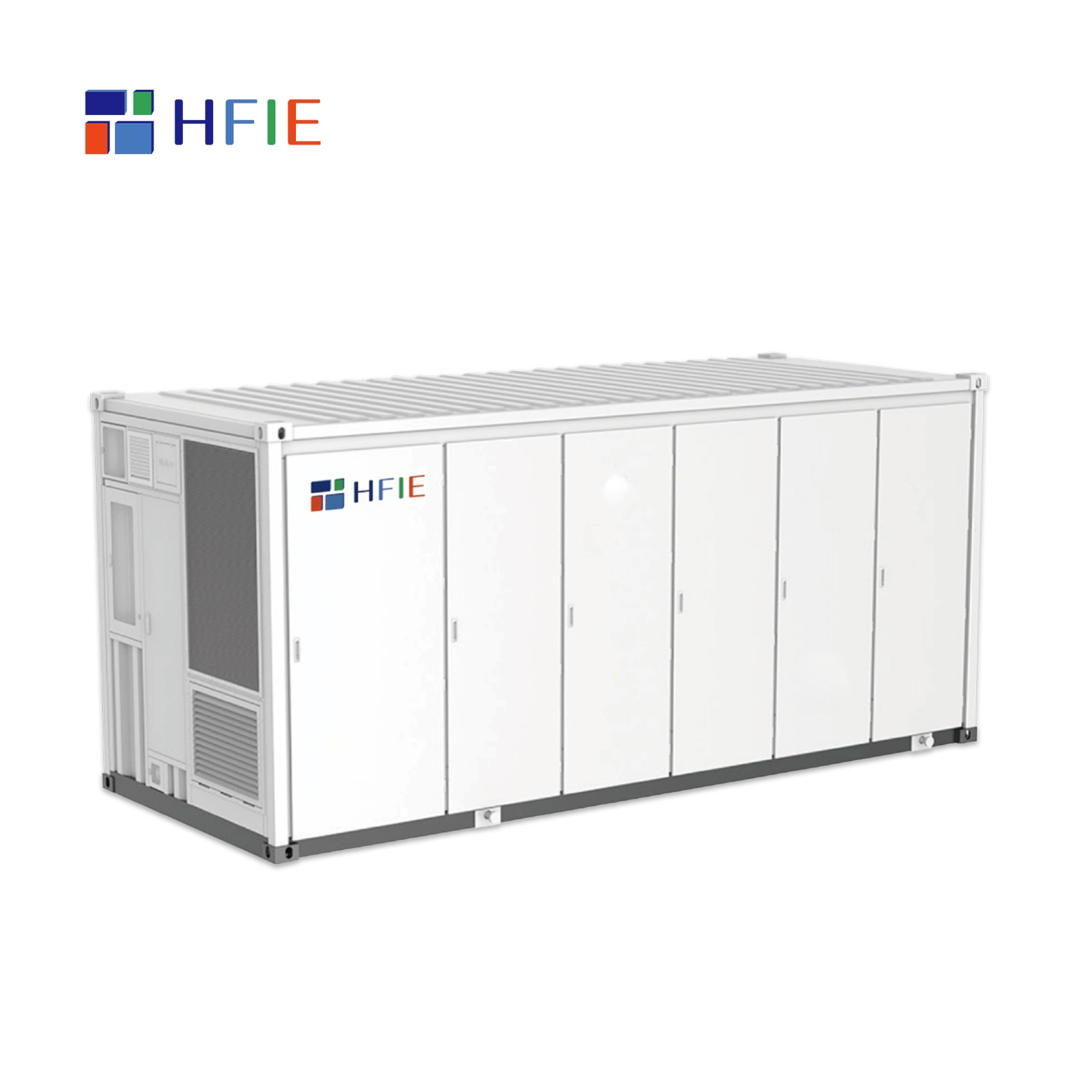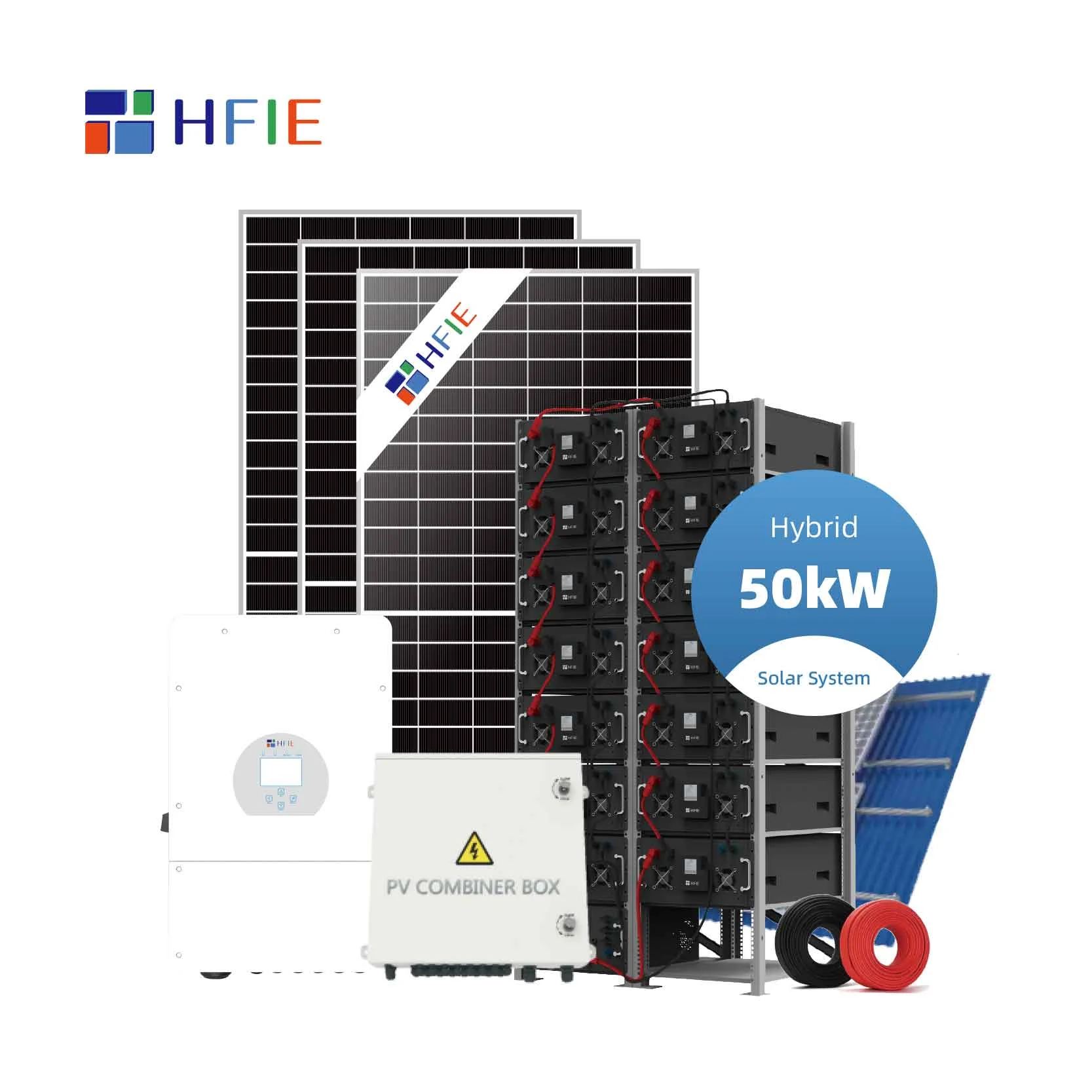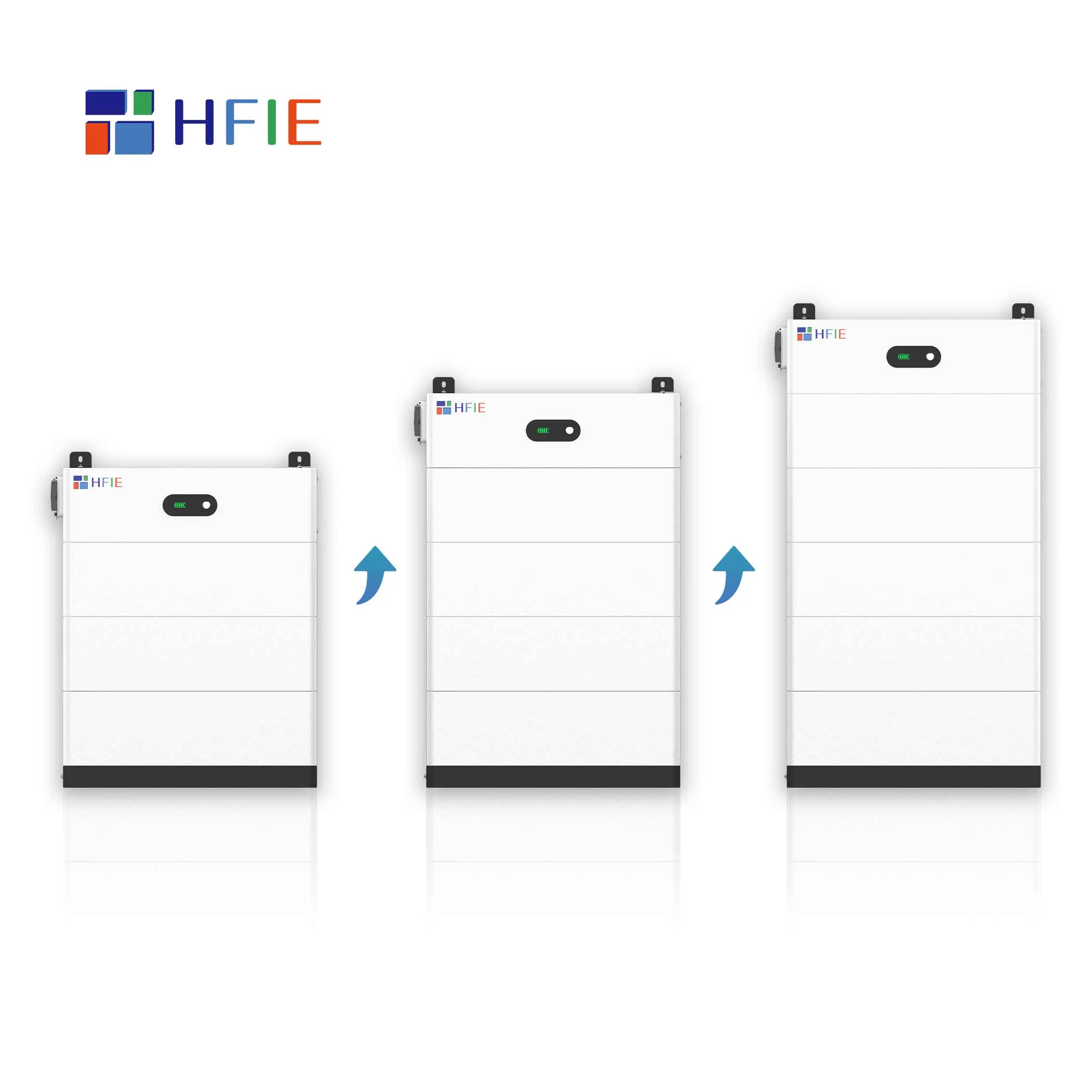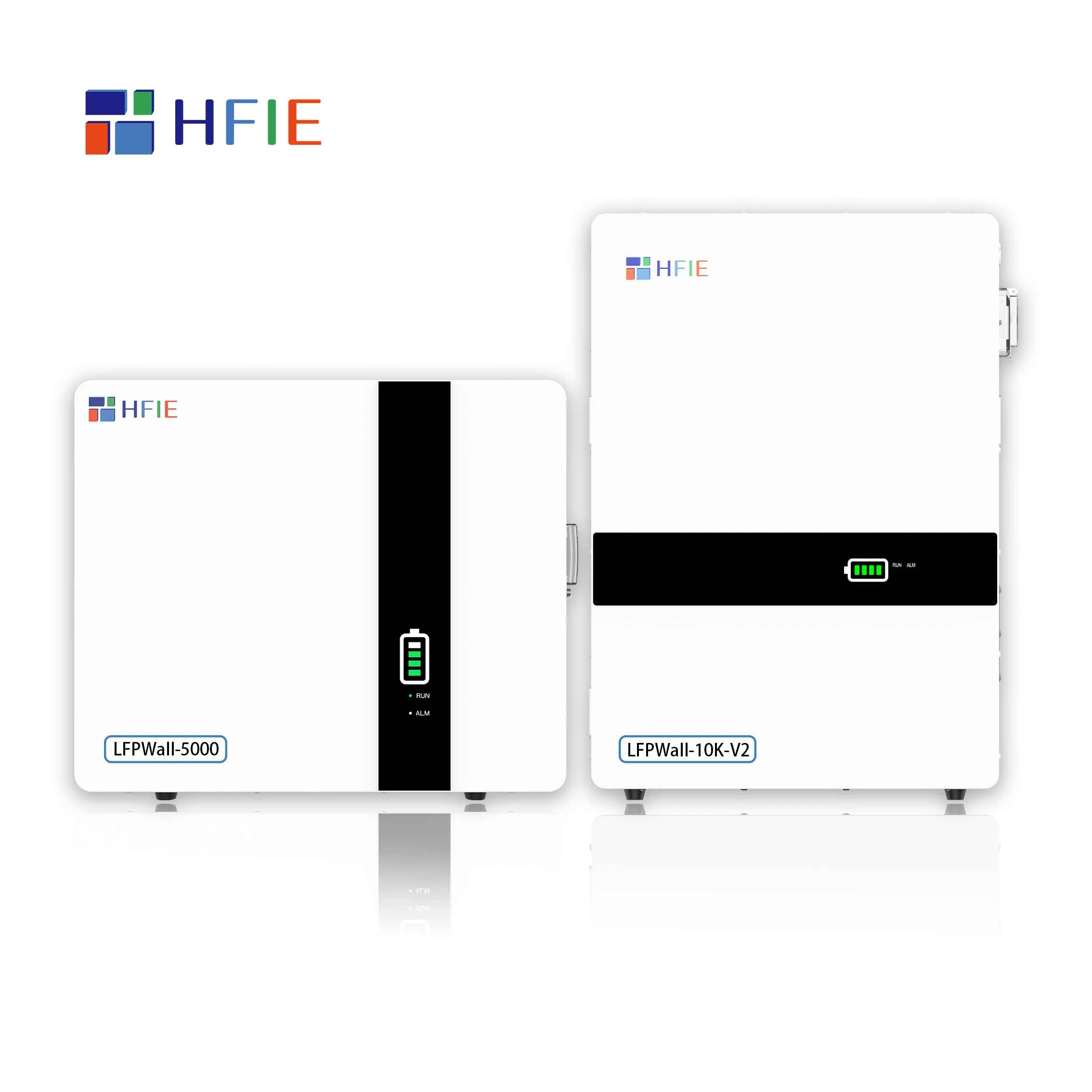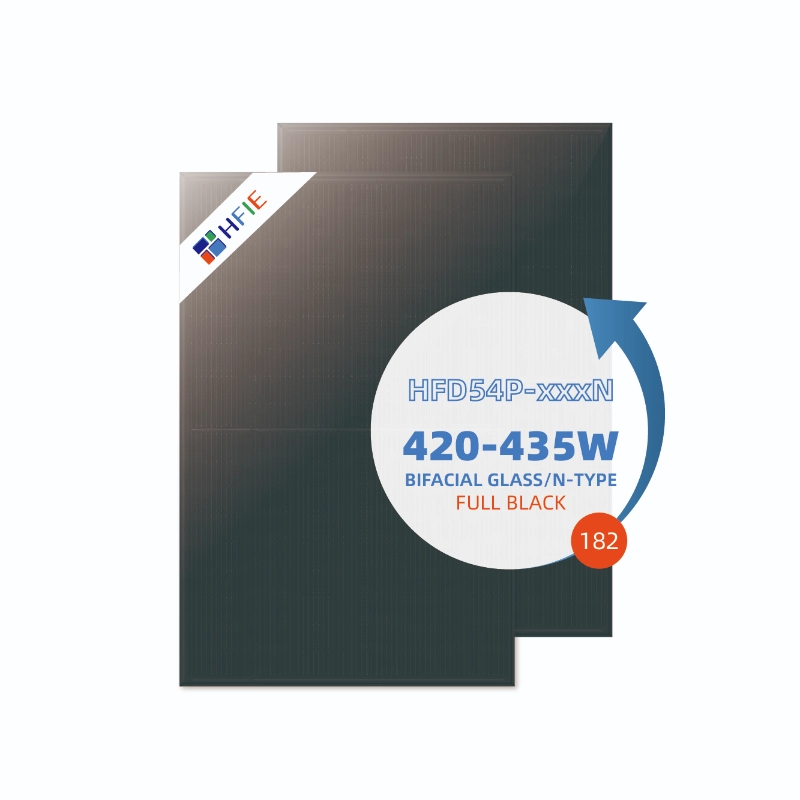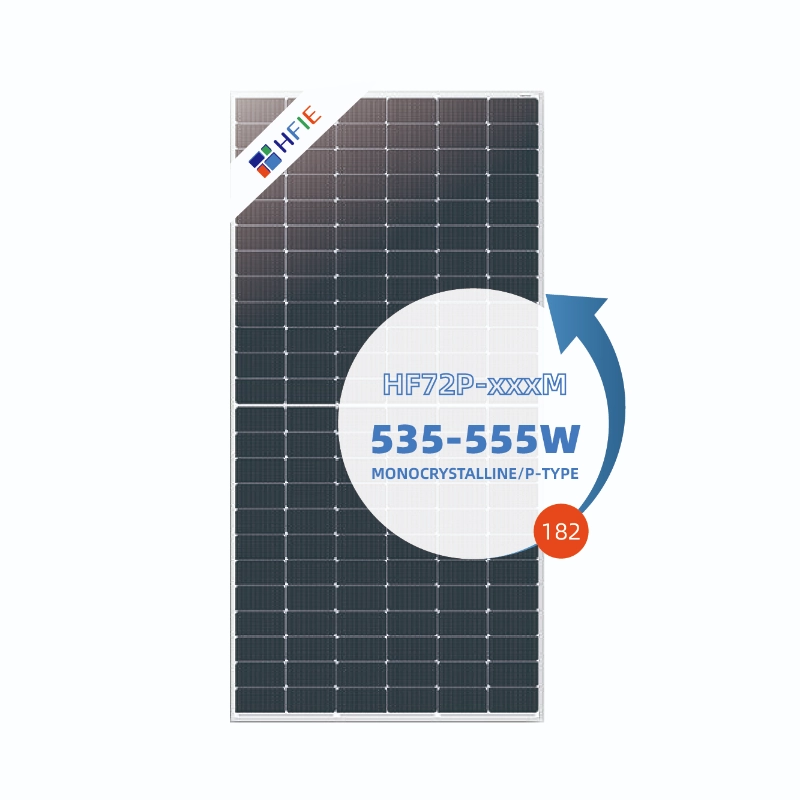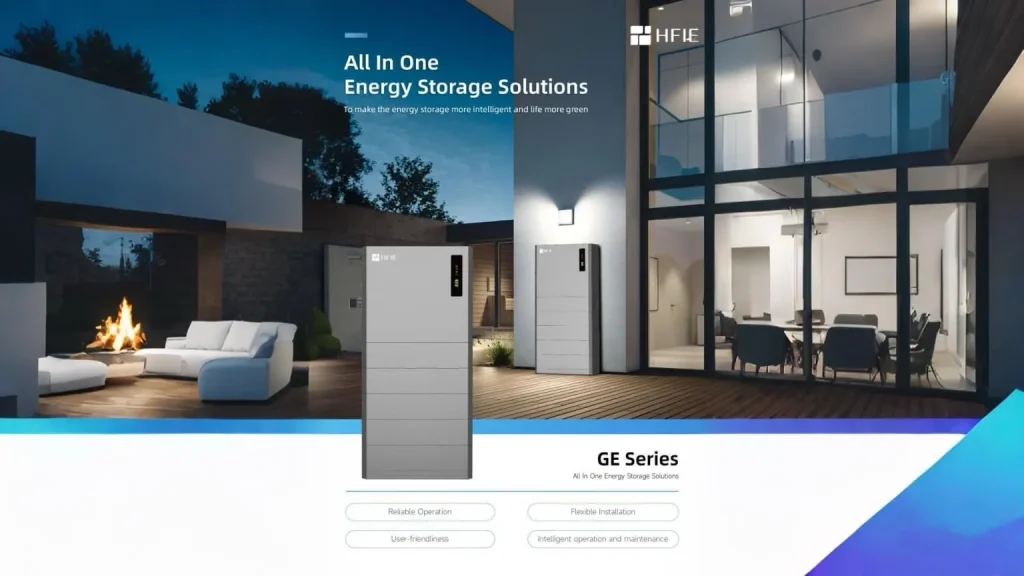Household energy storage systems are mainly used in power transmission, distribution and consumption, while industrial and commercial energy storage systems are mainly used in power generation, transmission, distribution and consumption.
1.Electricity consumption
Product type: household energy storage system, industrial and commercial energy storage system. Its functions are as follows:
Self-generation and self-use of new energy: The energy storage system and the distributed photovoltaic system form a user-side photovoltaic storage system. During the peak period of photovoltaic power generation, the surplus power is stored and released during the peak electricity price period, which can reduce the user’s peak electricity bill expenditure and reduce the cost of electricity;
Peak-valley price difference arbitrage: In the power market that implements peak-valley electricity prices, the energy storage system is charged at low electricity prices and discharged at high electricity prices to achieve peak-valley electricity price difference arbitrage and reduce electricity costs;
Capacity cost management: For countries and regions that implement a two-part electricity price, the electricity price refers to the electricity price charged according to the actual transaction electricity volume, and the capacity price mainly depends on the maximum value of the user’s electricity power. Capacity cost management refers to users using energy storage systems to reduce the maximum power consumption, thereby reducing capacity costs;
Emergency power backup: When a power outage occurs, the energy storage system can supply the stored power to users, avoiding power interruptions during the fault repair process to ensure uninterrupted power supply to important loads and avoid related losses.
2. Transmission and distribution links
The energy storage application types are household energy storage systems and industrial and commercial energy storage systems, and their functions are as follows:
1) Grid frequency regulation auxiliary service for household energy storage system:
The grid frequency regulation effect is achieved by controlling the charge and discharge of the energy storage system, providing grid auxiliary service; VPP virtual power plant application: intelligently control the energy storage system in a region, realize power allocation and power trading, and help users realize profits.
2) Industrial and commercial energy storage system
Relieve transmission and distribution congestion: Line congestion means that the line load exceeds the line capacity. The energy storage system is installed upstream of the line. When the line is blocked, the electric energy that cannot be transmitted can be stored in the energy storage system. When the line load is less than the line capacity, the energy storage system will discharge to the line, thus alleviating the congestion;
Dynamic capacity expansion: Traditional grid planning or grid upgrade and expansion costs are very high. In a transmission and distribution system where the load is close to the equipment capacity, if the load supply can be met most of the time in a year, and only in certain peak periods when the capacity is lower than the load, the energy storage system can be used to effectively improve the transmission and distribution capacity of the grid with a smaller installed capacity, thereby delaying the cost of new transmission and distribution facilities and extending the service life of the original equipment;
Reactive power support: Reactive power support refers to the regulation of transmission voltage by injecting or absorbing reactive power on the transmission and distribution lines. Insufficient or excessive reactive power will cause grid voltage fluctuations, affect power quality, and even damage electrical equipment. The energy storage system can regulate the voltage of the transmission and distribution lines by adjusting the reactive power it outputs;
System frequency regulation: Frequency changes will affect the safe and efficient operation and life of power generation and power consumption equipment, so frequency regulation is crucial. Energy storage systems (especially electrochemical energy storage systems) have fast frequency regulation speed and can flexibly switch between charging and discharging states, making them high-quality frequency regulation resources.
3.Power generation
The energy storage application type is industrial and commercial energy storage system, and its functions are as follows:
Power peak load regulation:
Power plants charge the energy storage system during the off-peak period and release the stored electricity during the peak period, thereby alleviating the pressure of power generation during the peak period.
Renewable energy grid connection:
1) Smoothing out renewable energy power generation output. By configuring energy storage in wind and photovoltaic power stations, based on power station output forecast and energy storage charging and discharging scheduling, the random, intermittent and fluctuating renewable energy power generation output is smoothly controlled to meet grid connection requirements;
2) Reduce the wind and photovoltaic abandonment rate. The abandoned wind and photovoltaic power of renewable energy is stored and then moved to other time periods for grid connection to improve the utilization rate of renewable energy;
Capacity units: Since the power load varies in different time periods, coal-fired power units need to assume peak load regulation capabilities, so a certain amount of power generation capacity needs to be reserved as the corresponding peak load capacity, which makes it impossible for thermal power units to reach full power, affecting the economic efficiency of unit operation. The energy storage system can be charged when the power load is low and discharged when the power consumption peaks to reduce the load peak. The substitution effect of the energy storage system is used to release the capacity units of coal-fired power, thereby improving the utilization rate of thermal power units and increasing their economic efficiency;
Microgrid application: In off-grid systems, the power supply to the microgrid is achieved through the combination of energy storage system and diesel engine, which to a certain extent solves the power supply problem in the environment of no electricity and weak grid, and improves the utilization rate of renewable energy.







